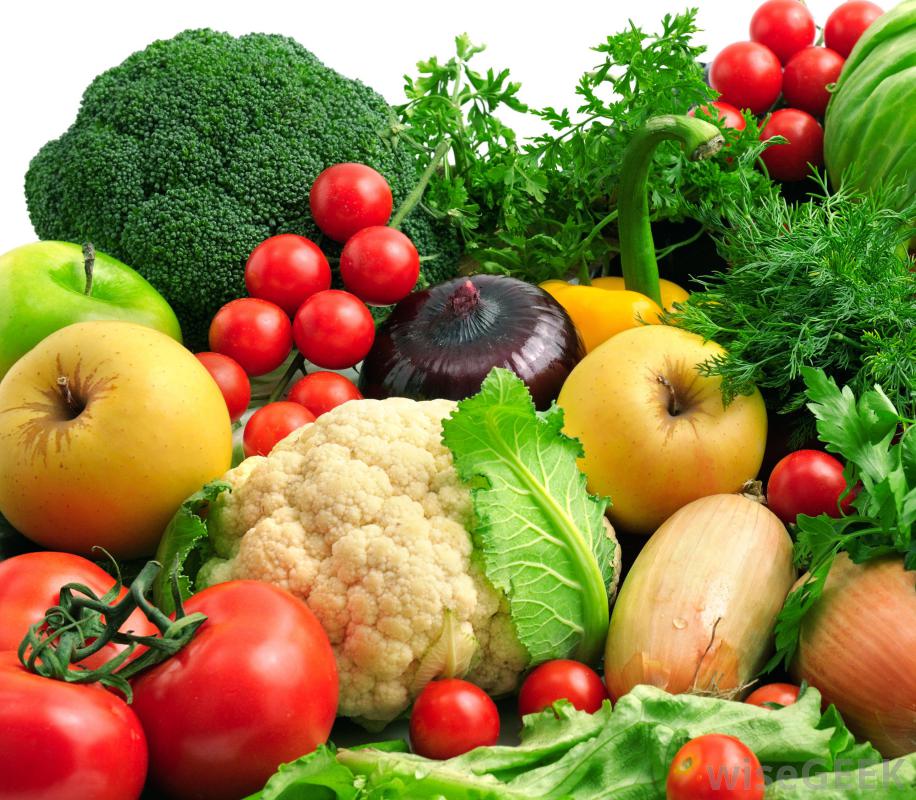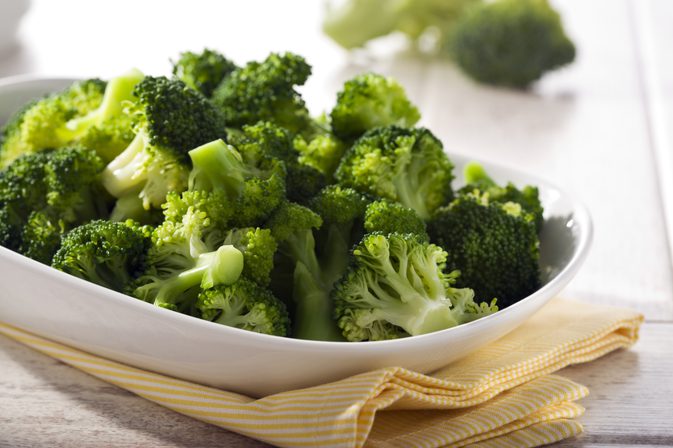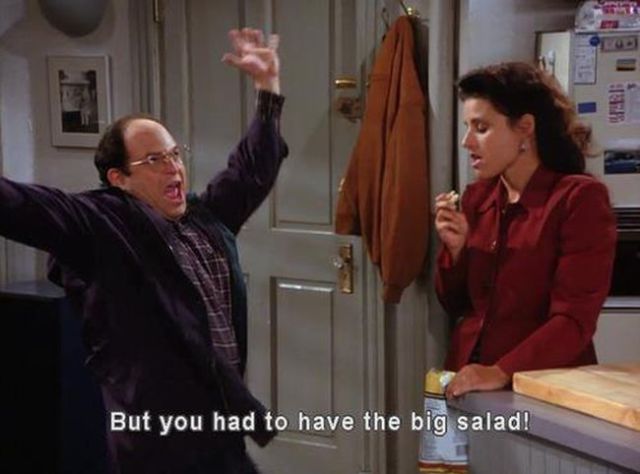How To Better Digest Raw Vegetables
One thing I have been really trying to do this New Year is eat a lot more vegetables. One great trick to start a cleaner eating journey is to start by focusing on ADDING healthy foods instead of focusing on what foods you are CUTTING out. Adding tons of vegetables does so many incredible things for your body. These little friends blast away hunger and nourish your body. One great tip is to eat them BEFORE your meals so you get them out of the way and you don’t feel hungry at the end of your meal.

Even if you change nothing else, by adding 3-4 cups of veggies into your current diet, this will prevent over eating (because they are bulky and fill up your stomach without adding the extra calories to your meal), give you nutrients and fill you with fiber.
Ahhhh fiber. Fiber is of course a great thing for your body but what about when you suddenly add 3-4 cups of vegetables to your diet every day? That is a whole lot of fiber for your body to digest and process and it can be quite painful and can cause bloating, gas and other problems.

I looked to Livestrong to understand what fiber does for our bodies and get tips to make it easier to digest all that wonderful fiber.
2 Kinds of Fiber
When it comes down to it there are two kinds of fiber: soluble and insoluble. Insoluble is the kind that can give us a bit of digestive trouble at first when our bodies are not used to it.
Insoluble Fiber
The insoluble fiber in vegetables is known as cellulose, which gives vegetables their shape. Raw vegetables are especially high in insoluble fiber, as this fiber type is found in the cell walls of plants. The fiber provides bulk to your diet, helping food pass through your digestive system more quickly, and is not broken down by your body. Vegetables, whole grain and beans contain high quantities of insoluble fiber. Consumption of insoluble fiber reduces the risk of some digestive disorders, such as constipation. It can also cause diarrhea and gas, however.
Soluble Fiber
Vegetables are naturally high in soluble fiber, which is stored inside the cells of the plant. Soluble fiber is more easily tolerated by your digestive system, and it slows down the absorption of carbohydrates, keeping your blood sugar levels more stable. Soluble fiber helps regulate stool passage through the digestive tract, and as it retains water, it makes the stools softer and bulkier. Soluble fiber is also useful for treating diarrhea as it absorbs the extra fluid. In plants, the soluble fibers are pectin and gum, which can be found inside the plant cells. Soluble fiber also helps lower blood sugar levels as well as cholesterol.
Cooking and Fiber
If you find raw vegetables difficult to digest, this is likely due to the insoluble fiber content, which your body has trouble breaking down. Even a little cooking time can help soften the fiber content in vegetables, making it easier for your system to process it. To avoid trouble digesting raw vegetables, consider starting with lightly steamed vegetables to get your system used to the extra fiber.
Gradually Increase Your Consumption
Suddenly increasing the amount of raw vegetables you consume can cause digestive trouble -- such as gas and constipation -- because your body is not used to so much extra fiber. To avoid digestive trouble, gradually increase the amount of raw vegetables you eat each day to avoid gas and constipation from the sudden increase of fiber.

I hope you found this to be helpful. Now get out there and enjoy a big ol’ salad!
- www.forums.superhype.com
- www.instagram.com
- www.livestrong.com
 Mary Richardson
Mary Richardson
Weekly Newsletter Contributor since 2014
Email the author! mary@dvo.com
